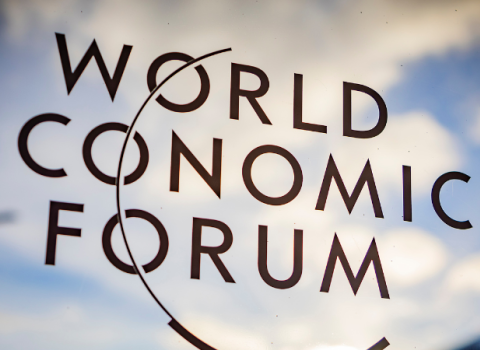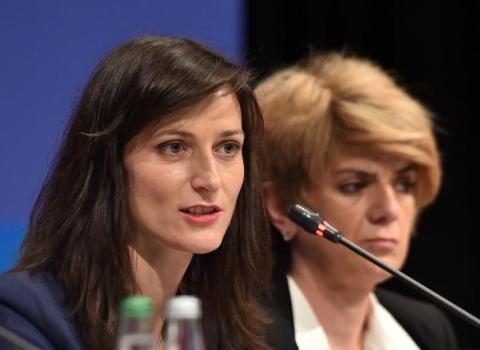European University Association calls on policy makers to prioritise research and innovation in post-COVID-19 rescue packages - and avoid reproducing some of the effects of 2008 financial crisis

A recession could once more tighten public budgets and increase the gap in investment in higher education between EU member states, according to a new report by the European University Association (EUA) that calls on national and European policy makers to come up with new strategies to prevent the coronavirus crisis from further widening east-west disparities.
If policy makers fail to do so, “There could be drastic long-term effects,” said EUA’s director for governance, funding and public policy development, Thomas Estermann.
Based on its analysis of policy decisions taken in Europe in the past decade, the EUA report warns of “large, long-lasting” negative effects on higher education systems, especially in countries which cut budgets for universities and research in the aftermath of the 2008 financial crisis.
With the COVID-19 pandemic likely to cause a global recession, “Universities must prepare for operational and financial difficulties in the coming few years,” the report says.
EUA’s analysis of how public funding to universities evolved since the 2008 financial crisis reveals short-term decisions taken by governments seem to have had longer-term effects they did not foresee.
Governments had different responses to the 2008 financial crisis, with some countries deciding to invest more in research and innovation, while others cut back spending.
Since 2008, Luxembourg, Germany, Switzerland, Norway, Austria and Denmark have increased investment in higher education, while countries like the Czech Republic, Romania, Slovakia and Ireland scaled back, despite sustained economic growth.
Cuts in public funding for universities and research agencies were meant to be temporary but some countries in Europe were not able to come back to pre-crisis funding levels fast enough, further widening the performance gap between higher education systems.
In the long term, austerity policies have made universities in some member states less competitive and less able to recruit talent and invest in infrastructure.
The EUA report calls on policy makers to prioritise research and innovation in new financial rescue packages, to avoid reproducing the effects of the 2008 crisis.
So far, it’s been “quite difficult to convince policy makers that this is an important area to invest in,” Estermann said.
The report says member states should coordinate their policies and ensure appropriate levels of investment in higher education and research and innovation from both national and EU budgets.
“The solution to the underlying challenges can’t be solved at the EU level alone,” Estermann said.
Potential cuts in national higher education systems will put more long-term pressure on EU funded research programmes, as happened after the 2008 crisis, when EU’s seventh and eighth research framework programmes were oversubscribed and reported very low success rates, particularly for countries with underfunded research and innovation systems.
According to Estermann, national funding shortages have boosted demand for EU funding, along with making application processes very costly. “It’s been very clear from the past that you can’t replace cuts in national funding through European funding,” he said.
But simpler rules for application in EU programmes would still help ease some of the hefty financial burden that falls on universities when preparing proposals for EU grants. “Making things simpler will release resources,” said Estermann.





 A unique international forum for public research organisations and companies to connect their external engagement with strategic interests around their R&D system.
A unique international forum for public research organisations and companies to connect their external engagement with strategic interests around their R&D system.